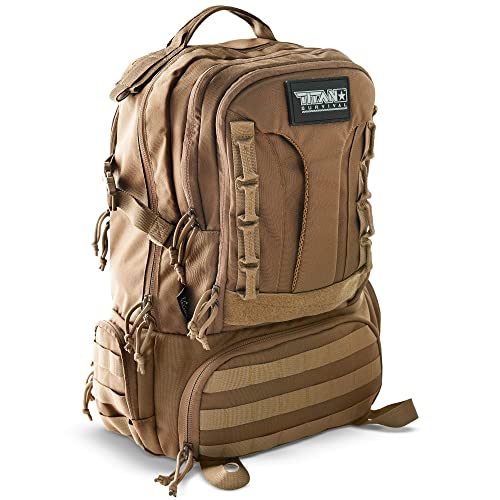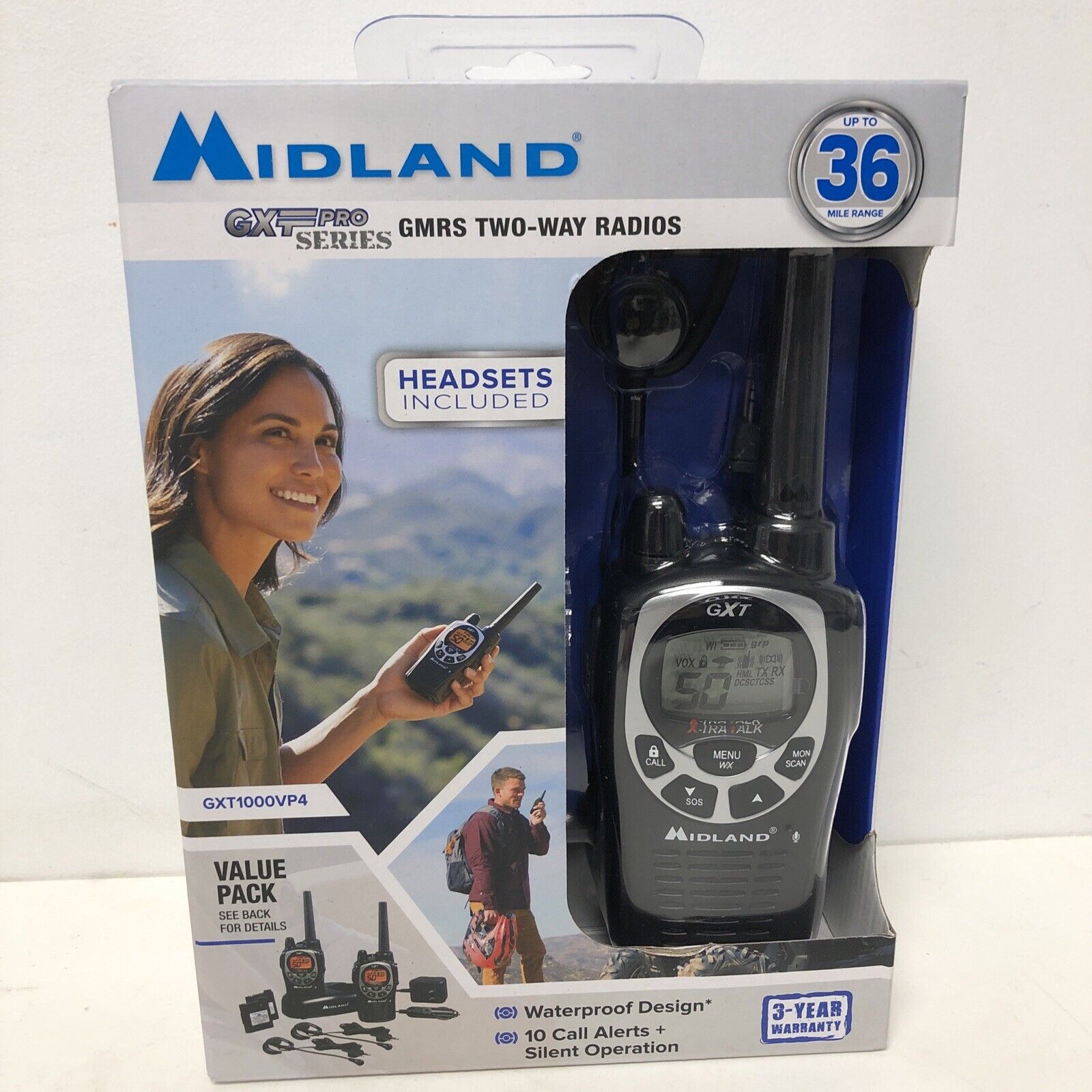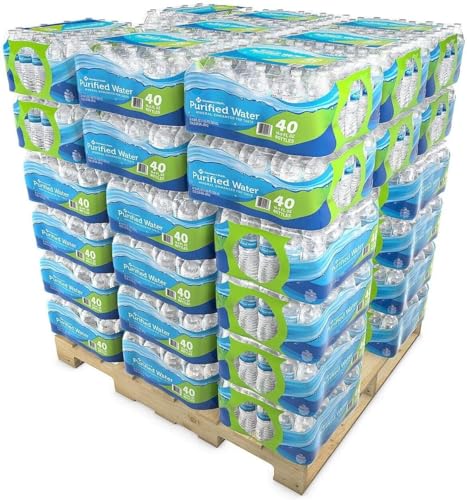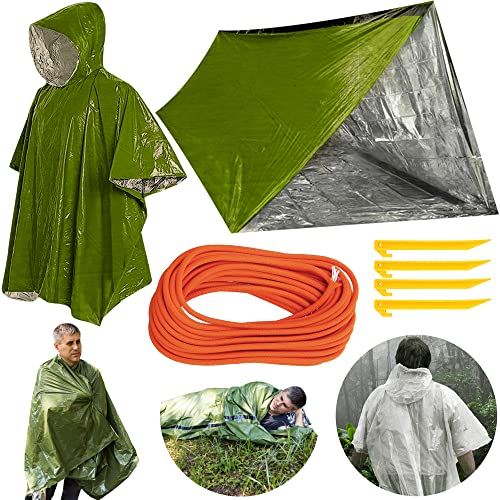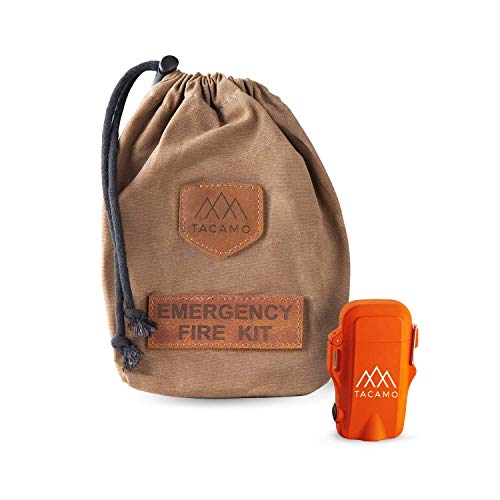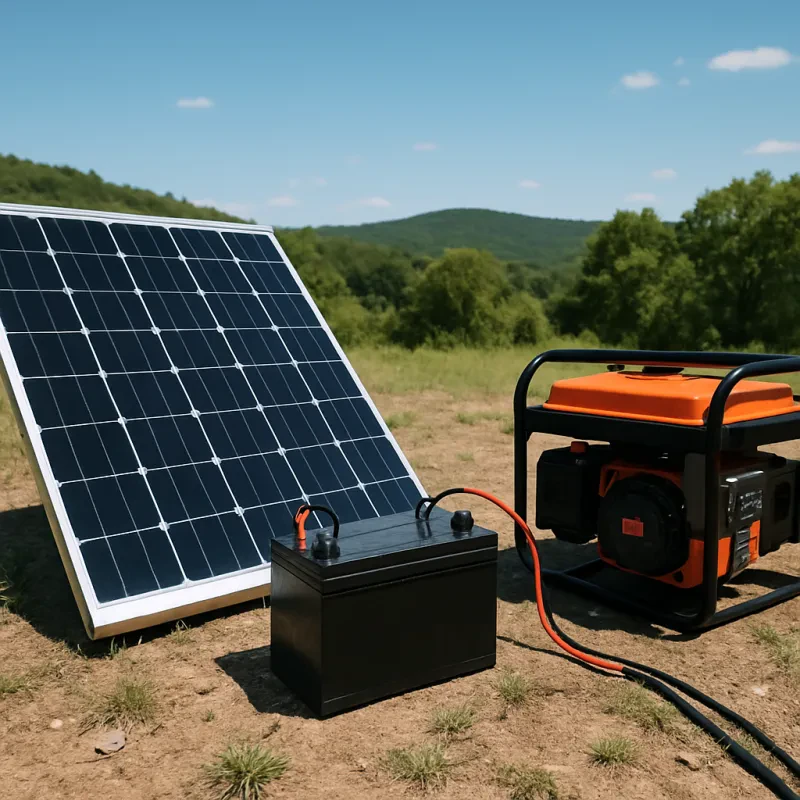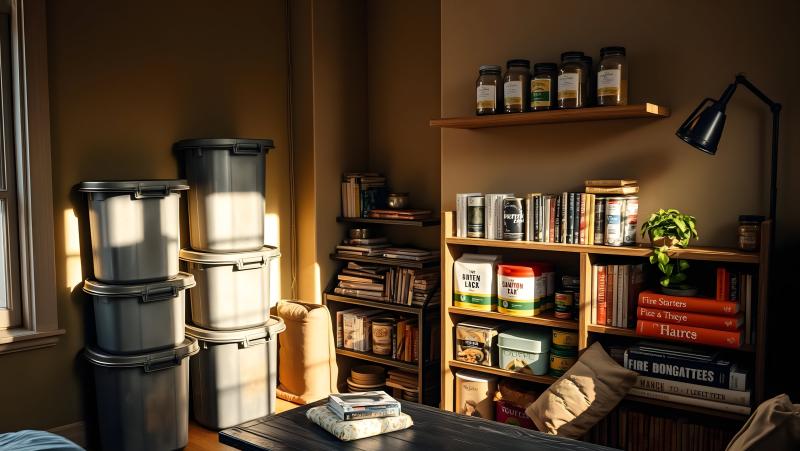The Art of Prepping: Tips and Tricks for a Successful Survival Plan
Introduction
Prepping, short for preparedness, is the act of making necessary preparations to ensure your survival in the face of emergencies or disasters. It involves gathering essential supplies, developing survival skills, and creating a comprehensive plan to navigate through challenging situations.
In today's unpredictable world, prepping has become increasingly important as it provides individuals and families with the tools and knowledge needed to survive and thrive during times of crisis.
In this article, we will explore the importance of prepping, essential items for a survival kit, creating a comprehensive survival plan, storing and preserving food and water, building a safe shelter, learning and practicing essential survival skills, preparing for natural disasters and emergencies, maintaining your survival plan for long-term preparedness, and conclude with a recap of the importance of prepping.
Understanding the Importance of Prepping for Survival
Prepping is necessary for a variety of reasons. Firstly, it allows individuals and families to be self-reliant during times of crisis. When disaster strikes, emergency services may be overwhelmed or unable to reach everyone in need. By being prepared, you can take care of yourself and your loved ones without having to rely solely on external assistance. This sense of self-sufficiency can provide peace of mind and increase your chances of survival.
Secondly, prepping helps mitigate the impact of emergencies or disasters. By having essential supplies and a well-thought-out plan in place, you can minimize the negative consequences of such events. For example, having a stockpile of food and water can help you avoid hunger and dehydration during a prolonged power outage or natural disaster. Being prepared also allows you to respond quickly and effectively to emergencies, reducing the potential for injury or loss.
Real-life situations have demonstrated the importance of prepping. For instance, during Hurricane Katrina in 2005, many people were left stranded without access to food, water, or medical supplies for days. Those who had prepared by stocking up on essential items and creating a survival plan were better equipped to weather the storm. Similarly, the COVID-19 pandemic highlighted the importance of having a stockpile of food, water, and other essential supplies to sustain oneself during times of crisis.
Waterproof 50L Tactical Backpack for Preppers
Securely store your prepping supplies with this waterproof 50L tactical backpack
Product information
$152.98
Product Review Score
4.19 out of 5 stars
432 reviewsProduct links
Essential Items to Include in Your Survival Kit
A well-stocked survival kit is crucial for your preparedness. Here are some must-have items to include:
1. Water: Aim for at least one gallon of water per person per day for drinking and sanitation purposes. Store water in sturdy containers and consider water purification methods such as filters or purification tablets.
2. Food: Stock up on non-perishable food items that require little to no cooking. Canned goods, dried fruits, nuts, and energy bars are good options. Don't forget a manual can opener.
3. First Aid Kit: Include bandages, antiseptic ointment, pain relievers, tweezers, scissors, and any necessary prescription medications.
4. Shelter: Have a tent or tarp, sleeping bags or blankets, and a sturdy knife or multi-tool for building shelter.
5. Lighting: Pack flashlights, extra batteries, and candles or lanterns with matches or lighters.
6. Communication: Include a battery-powered or hand-crank radio to stay informed about the situation. Also, have a whistle or signaling device to attract attention if needed.
7. Tools: Have a basic set of tools such as a wrench, pliers, duct tape, and a Swiss Army knife.
8. Personal Hygiene: Pack toilet paper, wet wipes, hand sanitizer, and feminine hygiene products.
9. Cash: Keep some cash on hand in case electronic payment systems are unavailable.
10. Important Documents: Make copies of important documents such as identification cards, passports, insurance policies, and store them in a waterproof container.
Each item in your survival kit serves a specific purpose. Water and food are essential for sustenance, while a first aid kit helps address injuries and illnesses. Shelter provides protection from the elements, and lighting ensures visibility during dark hours. Communication tools keep you connected to the outside world, and tools help with various tasks. Personal hygiene items maintain cleanliness and prevent the spread of diseases. Cash is useful in case of power outages or when electronic payment systems are down. Finally, important documents are necessary for identification and accessing essential services.
Waterproof Long Range Two-Way Radio with Privacy Codes
Stay Connected with Confidence Using Our Top-Quality Two-Way Radio
Product information
$45.69
Product Review Score
4.58 out of 5 stars
42 reviewsProduct links
How to Create a Comprehensive Survival Plan
Creating a comprehensive survival plan is crucial for preparedness. Here are some steps to take when developing your plan:
1. Assess Risks: Identify potential risks and hazards in your area, such as natural disasters or civil unrest. Research the likelihood and impact of these events to prioritize your preparations.
2. Set Goals: Determine what you want to achieve with your survival plan. Set specific, measurable, achievable, relevant, and time-bound (SMART) goals to guide your preparations.
3. Create a Communication Plan: Establish a communication plan with your family or household members. Determine how you will stay in touch during emergencies and designate a meeting place if you are separated.
4. Develop an Evacuation Plan: If evacuation is necessary, plan multiple evacuation routes and identify safe locations to go to. Consider transportation options and make arrangements for pets or individuals with special needs.
5. Stockpile Supplies: Based on your assessment of risks and goals, create a stockpile of essential supplies such as food, water, medications, and other necessary items. Rotate perishable items regularly to ensure freshness.
6. Learn Essential Skills: Acquire and practice essential survival skills such as first aid, navigation, fire starting, and self-defense. Consider taking courses or joining local community groups to enhance your skills.
7. Secure Your Home: Take steps to secure your home against potential threats. Install sturdy doors and windows, reinforce weak points, and consider investing in a security system.
8. Stay Informed: Stay updated on current events and potential threats in your area. Sign up for emergency alerts and monitor local news sources for information.
9. Practice Your Plan: Regularly review and practice your survival plan with your family or household members. Conduct drills to ensure everyone knows their roles and responsibilities.
10. Review and Update: Regularly review and update your survival plan to reflect changes in your circumstances or new information. Stay adaptable and make adjustments as needed.
When creating a survival plan, it is important to consider factors such as the size and needs of your household, the specific risks in your area, and any unique circumstances you may have. Tailor your plan to suit your individual situation and regularly review and update it to ensure its effectiveness.
Tips for Storing and Preserving Food and Water
Proper storage and preservation of food and water are essential for long-term preparedness. Here are some best practices to follow:
1. Store Water Safely: Store water in clean, food-grade containers that are specifically designed for long-term water storage. Avoid using containers that may leach harmful chemicals into the water. Rotate stored water every six months to ensure freshness.
2. Use Water Purification Methods: In addition to stored water, learn and practice water purification methods such as boiling, using water filters, or using purification tablets. These methods can help make water safe to drink in emergency situations.
3. Stockpile Non-Perishable Foods: Choose non-perishable foods that have a long shelf life and require minimal cooking or refrigeration. Canned goods, dried fruits, nuts, rice, pasta, and dehydrated meals are good options. Pay attention to expiration dates and rotate your stockpile regularly.
4. Consider Freeze-Dried Foods: Freeze-dried foods have a longer shelf life and retain their nutritional value. They are lightweight and easy to prepare by simply adding water. Include a variety of freeze-dried meals in your stockpile for added convenience.
5. Use Proper Storage Containers: Store food in airtight containers to prevent spoilage and keep out pests. Use Mylar bags, food-grade buckets, or vacuum-sealed bags for optimal storage. Label containers with the contents and expiration dates for easy rotation.
6. Store in a Cool, Dark Place: Keep your food and water storage in a cool, dark place away from direct sunlight and extreme temperatures. High temperatures can accelerate spoilage, while sunlight can degrade the quality of stored items.
7. Rotate and Consume Regularly: Regularly rotate your food and water stockpile to ensure freshness. Use the oldest items first and replace them with new supplies. Incorporate stored items into your regular meals to keep your stockpile up-to-date.
8. Consider Growing Your Own Food: If space allows, consider growing your own food as part of your long-term preparedness plan. Learn about gardening techniques and choose crops that are suitable for your climate and available space.
By following these tips, you can ensure that your food and water supplies remain safe, fresh, and ready for use during emergencies or disasters. Water purification is vital to your survival. A person can survive far longer if they have safe drinking water to hand.
Prepper's Dream: Pallet of Water - 1920 Bottles
Stay prepared for any emergency with this incredible bundle of 1920 bottles of water in the Prepper's Dream collection
Product information
$399.99
Product Review Score
4.1 out of 5 stars
400 reviewsProduct links
Building a Safe and Secure Shelter
Having a safe and secure shelter is crucial for survival in challenging situations. Here are some considerations when building a shelter:
1. Types of Shelters: There are various types of shelters to consider depending on the situation and available resources. These include tents, tarps, lean-tos, debris shelters, underground bunkers, or even repurposing existing structures.
2. Location: Choose a shelter location that is safe from potential hazards such as flooding, landslides, or falling debris. Consider proximity to water sources, natural resources, and potential threats.
3. Materials: Use sturdy materials that can withstand the elements. Tarps, ropes, and poles are lightweight and portable options for temporary shelters. If building a more permanent structure, consider using durable materials such as wood, metal, or concrete.
4. Insulation: Insulate your shelter to maintain a comfortable temperature. Use materials such as blankets, sleeping bags, or foam pads to provide insulation from the ground and walls.
5. Ventilation: Ensure proper ventilation in your shelter to prevent condensation and maintain air quality. Use vents or openings to allow fresh air to circulate while keeping out insects and other pests.
6. Fire Safety: Take precautions to prevent fires in and around your shelter. Keep flammable materials away from heat sources and have fire extinguishing tools readily available.
7. Camouflage: If necessary, camouflage your shelter to blend in with the surroundings and avoid attracting unwanted attention. Use natural materials such as branches, leaves, or mud to disguise your shelter.
8. Accessibility: Ensure that your shelter is easily accessible and that you have multiple exit points in case of emergencies. Consider mobility issues and make accommodations if needed.
When building a shelter, it is important to consider the specific weather conditions and potential threats in your area. Adapt your shelter design and materials accordingly to ensure its durability and effectiveness.
Complete 10-Piece Survival Shelter Kit
Stay Safe and Prepared for Any Emergency with Our Professional-Grade Shelter Kit
Product information
Product Review Score
4.61 out of 5 stars
178 reviewsProduct links
Essential Survival Skills to Learn and Practice
Learning and practicing essential survival skills is crucial for preparedness. Here are some important skills to acquire:
1. First Aid: Learn basic first aid skills such as CPR, wound care, and treating common injuries or illnesses. Take a first aid course or obtain certification to enhance your knowledge.
2. Navigation: Develop navigation skills using a compass, map reading, or GPS devices. Learn how to orient yourself in unfamiliar terrain and find your way back to safety.
3. Fire Starting: Master different fire starting techniques such as using matches, lighters, fire starters, or friction methods. Understand the principles of fire safety and practice building and maintaining fires.
4. Shelter Building: Learn how to build different types of shelters using natural materials or available resources. Practice constructing shelters in various environments and weather conditions.
5. Water Sourcing and Purification: Learn how to find and collect water from natural sources such as rivers, lakes, or rainwater. Practice water purification methods to make water safe for drinking.
6. Foraging and Hunting: Acquire knowledge of edible plants, mushrooms, and berries in your area. Learn basic hunting and trapping techniques if applicable and legal in your region.
7. Self-Defense: Develop self-defense skills to protect yourself and your loved ones if faced with a dangerous situation. Take self-defense classes or learn martial arts techniques.
8. Knot Tying: Master essential knots for various purposes such as securing shelters, creating traps, or tying ropes. Practice tying knots until they become second nature.
9. Food Preservation: Learn different food preservation methods such as canning, dehydrating, or fermenting. Understand the principles of food safety and practice preserving food for long-term storage.
10. Mental Resilience: Develop mental resilience and the ability to stay calm and focused during stressful situations. Practice mindfulness, meditation, or other stress-reducing techniques.
It is important to regularly practice these skills to ensure that you are prepared to use them effectively when needed. Consider joining local survival or outdoor groups to learn from experienced individuals and participate in hands-on training exercises.
15-Piece Fire Making Bundle with Electric Arc Lighter
Stay Prepared for Anything with Our 15-Piece Fire Making Bundle and Reliable Electric Arc Lighter!
Product information
$100.77 $87.98
Product Review Score
4.43 out of 5 stars
592 reviewsProduct links
Prepping for Natural Disasters and Emergencies
Preparing for different types of natural disasters and emergencies is crucial for survival. Here are some tips for specific scenarios:
1. Hurricanes: Secure your home by reinforcing doors and windows, trimming trees, and securing loose objects. Stock up on essential supplies such as food, water, batteries, and flashlights. Follow evacuation orders if necessary and have a plan in place for where to go.
2. Earthquakes: Secure heavy furniture and objects to prevent them from falling during an earthquake. Identify safe spots in your home, such as under sturdy furniture or against interior walls. Have a supply of food, water, and essential items that can sustain you for at least 72 hours.
3. Wildfires: Create a defensible space around your home by clearing vegetation and maintaining a safe distance from flammable materials. Have a plan for evacuating if necessary and keep important documents and valuables ready to grab.
4. Floods: Know the flood risk in your area and have a plan for evacuation if necessary. Store important documents and valuables in waterproof containers or keep digital copies. Avoid driving through flooded areas and be cautious of electrical hazards.
5. Tornadoes: Identify a safe room or shelter in your home, such as a basement or an interior room on the lowest level. Have a battery-powered weather radio to receive tornado warnings and be prepared to take immediate action.
6. Pandemics: Follow public health guidelines and recommendations during pandemics. Stock up on essential supplies such as food, water, medications, and personal protective equipment. Practice good hygiene and social distancing to prevent the spread of diseases.
7. Power Outages: Have alternative sources of power such as generators or solar panels. Stock up on batteries, flashlights, and non-perishable food items. Keep your refrigerator and freezer closed to maintain the temperature for as long as possible.
In today's world, there are numerous potential threats that can impact our daily lives. From natural disasters such as hurricanes and earthquakes to man-made disasters like terrorist attacks and cyber-attacks, it is important to stay informed about potential threats. By staying informed, we can take necessary precautions to protect ourselves and our loved ones. This includes following safety protocols and guidelines set forth by local authorities, such as evacuation orders or shelter-in-place instructions. Additionally, it is important to remain vigilant and aware of our surroundings, reporting any suspicious activity to the proper authorities. By staying informed and taking proactive measures, we can help mitigate potential threats and keep ourselves and our communities safe.

